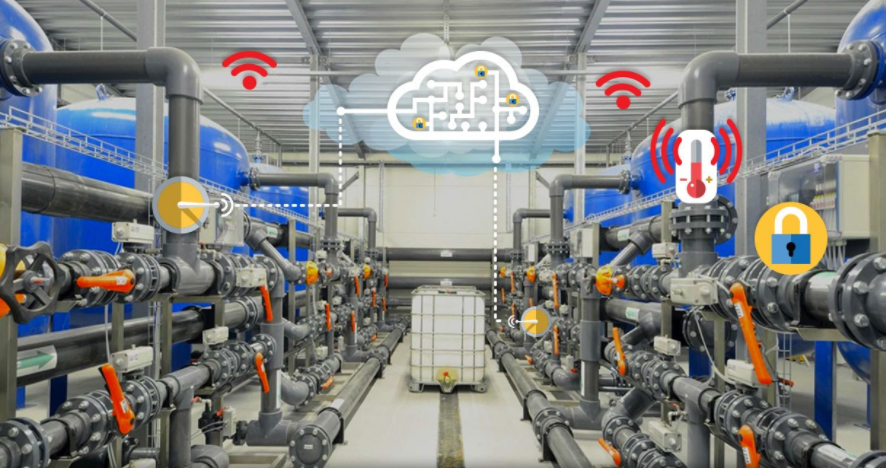Bluetooth beacons represent a significant and evolving technology due to their integration into the Internet of Things (IoT). These small, wireless transmitters have become increasingly integral to various industries, leveraging the power of Bluetooth Low Energy (BLE) to communicate with and locate nearby smart devices.

Bluetooth beacons emerged in the early 2010s, with Apple’s iBeacon being one of the pioneering technologies in 2013. These initial beacons were primarily used for proximity-based advertising and retail applications. They operated by broadcasting a unique identifier to nearby devices, typically smartphones, which could then trigger specific actions or notifications when within range.
As the technology matured, so did the capabilities of Bluetooth beacons. Beacons gained sensors that detect movement (accelerometer), movement (started/stopped moving), button press, temperature, humidity, air pressure, light level, open/closed (magnetic hall effect), proximity (PIR), proximity (cm range), fall detection and smoke. This evolution expanded the potential use cases for beacons, moving beyond simple proximity notifications to more complex location-based services and data collection.
In the retail sector, beacons continue to enhance customer experiences. They facilitate personalised promotions, guide in-store navigation and provide valuable insights into shopper behaviour. By analysing the data collected from beacon interactions, retailers can optimise store layouts and tailor marketing strategies.
Bluetooth beacons have made inroads into healthcare. In hospitals, they assist in tracking equipment, monitoring medicine temperature, monitoring patients and managing staff workflow. This technology has been particularly useful in enhancing patient care and optimising resource allocation.
In urban environments, beacons contribute to the development of smart cities. They support wayfinding solutions, sense environmental quantities, help manage public transportation systems and aid in monitoring urban infrastructure. By integrating with other IoT devices, they play a crucial role in creating interconnected and efficient urban spaces.
In warehouses, Bluetooth beacons play a pivotal role in streamlining operations and enhancing efficiency. By strategically placing these beacons throughout the facility, warehouse managers can achieve real-time location tracking of both inventory and equipment. This setup enables monitoring of stock levels, swift location of items for order fulfilment and effective management of warehouse space. Additionally, beacons can be used to track the movements of workers, helping to optimise workflows and reduce the time spent searching for items. This level of tracking not only improves operational efficiency but also contributes to enhanced safety by monitoring the flow of foot and vehicle traffic, thus reducing the likelihood of accidents.
In industrial settings and factories, Bluetooth beacons have become instrumental in advancing the concept of the smart factory. They are employed for a variety of purposes, including asset tracking, workflow optimisation and safety enhancements. By attaching beacons to machinery, tools and raw materials, factories can achieve real-time visibility into the location and usage of these assets. This tracking capability is crucial for efficient inventory management and quick response to maintenance needs, reducing downtime. They also enhance worker safety by establishing geofences that alert when personnel enter hazardous areas or when equipment operates in close proximity to workers. Sensor beacons represent a leap forward in monitoring and managing complex operations. These beacons, equipped with various sensors, collect critical data such as temperature, humidity, vibration and light levels. In machinery-heavy sectors, vibration-sensing beacons help predict maintenance needs, detecting early signs of equipment wear or malfunction. This proactive approach to maintenance not only prevents costly downtime but also extends the lifespan of machinery. Furthermore, integrating these sensor beacons with an IoT platform allows for the aggregation and analysis of data, leading to insights that drive operational efficiency and continuous improvement in factory settings.
In summary, As the IoT ecosystem expands, Bluetooth beacons are becoming more intertwined with other technologies. Their ability to bridge the physical and digital worlds makes them essential in creating comprehensive IoT networks. Together with Bluetooth gateways, they facilitate seamless interactions between various smart devices, enhancing data collection and automation.